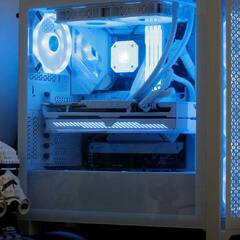What is the point of private IP
28 minutes ago, shift8 said:So my understanding is that you have a public IP and then each device on network has a private IP, and then also Mac address that is unique to each piece of hardware produced.
If external traffic incoming and outgoing only used the public IP and port number, why do I even need private IP for single devices. Instead of having the routing table labeling packets to the correct private IP and port, just log them as Mac address as port.
Sorry if this is a dumb question but I'm not understanding why if every device has a unique hardware ID a private network needs to assign them all an entirly new set of ID that only the router and devices on that network can see.
Because (as I understand it) IP networking was never really designed with the idea that you would connect a private network to a public one, NAT is a hack to make that work.
Back in the day, any client you wanted on the Internet would have its own public IP. Then it was realised as more and more devices needed Internet access, this was no longer practical and also made security a nightmare. Businesses with leased line would have dedicated firewalls to block incoming unsolicited traffic, then we migrated to actual NAT routers that could firewall and allow private IP addresses within the business, so free up IPv4 addresses.
IPv6 was designed differently to get around this, every IPv6 device should have a public IP address but your router will firewall the traffic so incoming connections are denied unless you specifically permit them.







.thumb.jpeg.9babd505c85c11addf31a285a02547cc.jpeg)








Create an account or sign in to comment
You need to be a member in order to leave a comment
Create an account
Sign up for a new account in our community. It's easy!
Register a new accountSign in
Already have an account? Sign in here.
Sign In Now